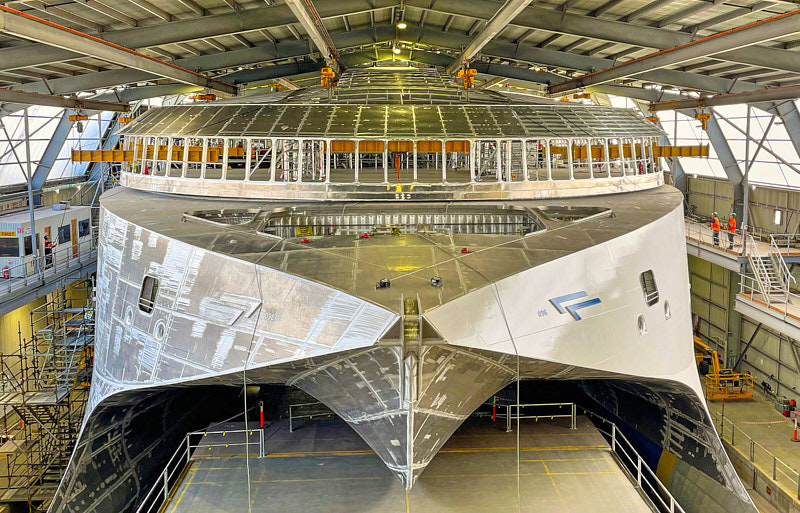- The International Finance Corporation (IFC) has provided a partial credit guarantee of USD 67 million to Buquebus for building the world’s largest electric ferry (e-ferry), the CHINA ZORRILLA, to connect Buenos Aires, Argentina, and Colonia del Sacramento, Uruguay.
- This financing, combined with a USD 107 million loan from Banco Santander Uruguay, represents the first “blue operation” in Uruguay and the maritime transport sector worldwide.
- A “blue loan,” part of green financing, supports sustainable initiatives in water management, marine ecosystem restoration, plastic pollution reduction, ecological tourism, and sustainable maritime transport.
- Buquebus is committed to sustainability, aiming to reduce greenhouse gas emissions through energy-efficient technologies, with the CHINA ZORRILLA playing a key role in its goal of achieving “Zero Emissions.”
- The e-ferry project will mark the world’s first e-ferry in emerging economies and aims to inspire similar initiatives globally; it is expected to reduce carbon dioxide emissions by 37,545 tonnes annually.
- The CHINA ZORRILLA e-ferry will have a capacity for 2,100 passengers and 225 vehicles, with additional facilities like duty-free shopping and restaurants, including accessibility features for passengers with disabilities.
- Buquebus will invest a further USD 14 million in charging stations and transmission infrastructure to power the e-ferry, which is expected to be operational by October 2025.
- The vessel is being constructed by Incat Tasmania.
- The e-ferry aligns with Uruguay’s and Argentina’s Nationally Determined Contributions (NDCs) under the Paris Agreement, promoting electric mobility and alternative energy use in the transportation sector for a greener future.
Source: IFC






